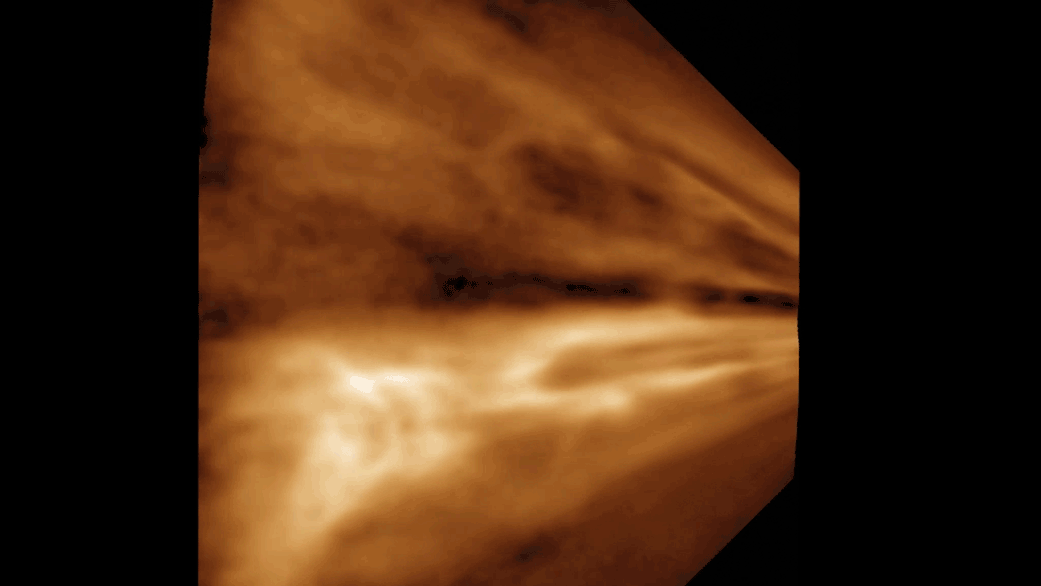last modified on Friday, 15-Jul-2022 10:59:03 CEST

Time: 2022, August 22 - October 31
Credit points: 5 ECTS (Parts 1-2 only: 2.5 ECTS)
Prerequisites: basic course on plasma physics
Responsible department: Department of Physics and Astronomy, Uppsala University
Objectives: This course covers the theory, modeling and data analysis techniques of magnetohydrodynamic turbulence in space plasmas.
Learning Outcomes:
On completion of Part 1-2 of the course the student should:
1. Have a basic understanding of the general approach to turbulence in fluids and plasmas, including phenomenology and exact relations.
2. Handle basic models for the description of plasma turbulence.
3. Be able to select appropriate data intervals, use basic statistical analysis tools and assess their limitations and uncertainty.
On completion of Part 3-4 of the course the student should:
4. Be able to use advanced statistical analysis tools, model the observations and obtain relevant parameters to quantify turbulence and intermittency.
5. Be able to critically and comparatively describe the properties of turbulence of a specific sample.
6. Recognize the problem of dissipation, heating and particle energization in collisionless space plasma turbulence.
Evaluation: Students will be assigned data analysis projects to describe the properties of turbulence in experimental data or atmospheric/spacecraft measurements. They will prepare a final report including a description of the analysis and the interpretation in terms of models of turbulence. Optional active participation and tests during the course may replace part of the examination. Alternative forms of evaluation may be arranged in case of special needs. For students not completing parts 3-4, optional evaluation will be given at the end of part 2.
Suggested Literature: In addition to lecture notes, the course will be based on the following material:
1. Book: Frisch, Uriel, 1995, Turbulence: the legacy of A. N. Kolmogorov, Cambridge, UK: Cambridge University Press, 1995.
2. Book: Biskamp, Dieter, 2003, Magnetohydrodynamic turbulence, Cambridge, UK: Cambridge University Press, 2003.
3. Review article: Bruno, Roberto, and Carbone, Vincenzo, 2013: The Solar Wind as a Turbulence Laboratory, Living Reviews in Solar Physics 10, 2, 2013.
Teachers: Luca Sorriso-Valvo, Emiliya Yordanova.
Registration: Please email the teachers.